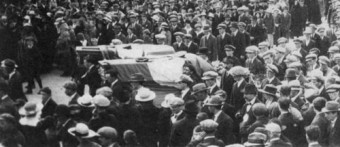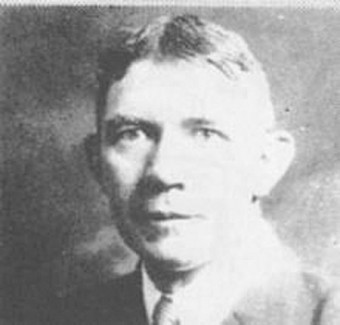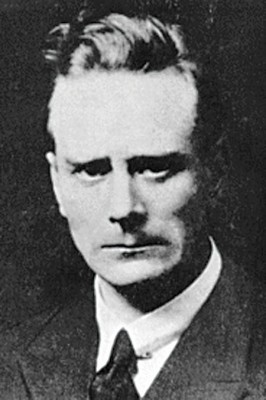Search Results for 'Fergus Campbell'
4 results found.
Two-year Advertiser history series to remember events of a century ago
The question as to how the events of the Irish revolution of c. 1914-23 (and particularly the Easter Rising) will be remembered in Ireland and in Galway during the forthcoming decade of centenaries is an important one; and will form the bedrock of a two-year series of articles to start in the Galway Advertiser next week.
Galway 1910 - 1923, the changing years

Early in 1916, Pádraic Pearse visited Athenry to discuss plans for the Rising. He wanted the Volunteers to hold the county at the River Suck at Ballinasloe, to capture Galway city, and then, if possible, to march on Dublin. There were several variations of this strategy, but whichever plan was finally agreed, its success depended on the Volunteers receiving modern weaponry. Up to then the men had been rehearsing with shotguns, and sticks. Pearse assured them that small arms, including assault rifles and machine guns, were on their way. They would arrive in Gort, and be distributed from there.
The blacksmith from Craughwell

The participants in the Galway Rising of April 1916 anticipated their arrest and humiliation. During Easter Week, while the rebels were attacking police stations in parts of east Galway, and threatening an invasion of the town, the RIC was quick to round up all the usual suspects. They were easily recognised. Their public training, and their interruptions of recruitment meetings made them well known to the police. They were loaded into open-top vehicles and paraded ‘for the entertainment of the townsfolk’. Volunteer Frank Hardiman remembered being set upon and beaten by rowdies at a number of places, and pelted with mud by the town’s inhabitants.
Fear and loathing in the towns and villages as rebels divided on continuing the struggle

Following the news of the Rising in Dublin on Easter Monday April 25 1916, Galway was in the grip of rumour and anxiety. The Galway ‘rising’, consisting of about 600 men led by Liam Mellows, but poorly armed, was creating mayhem in the county. Police ( RIC) stations were being attacked, telegraph poles were cut down, and trains were not running. Galway was virtually cut off from news of developments elsewhere. Then panic ensued when on Tuesday a British warship, HMS Gloucester, steamed into the bay and indiscriminately opened fire into the coastline, and further inland. Refugees began to arrive in the town.

